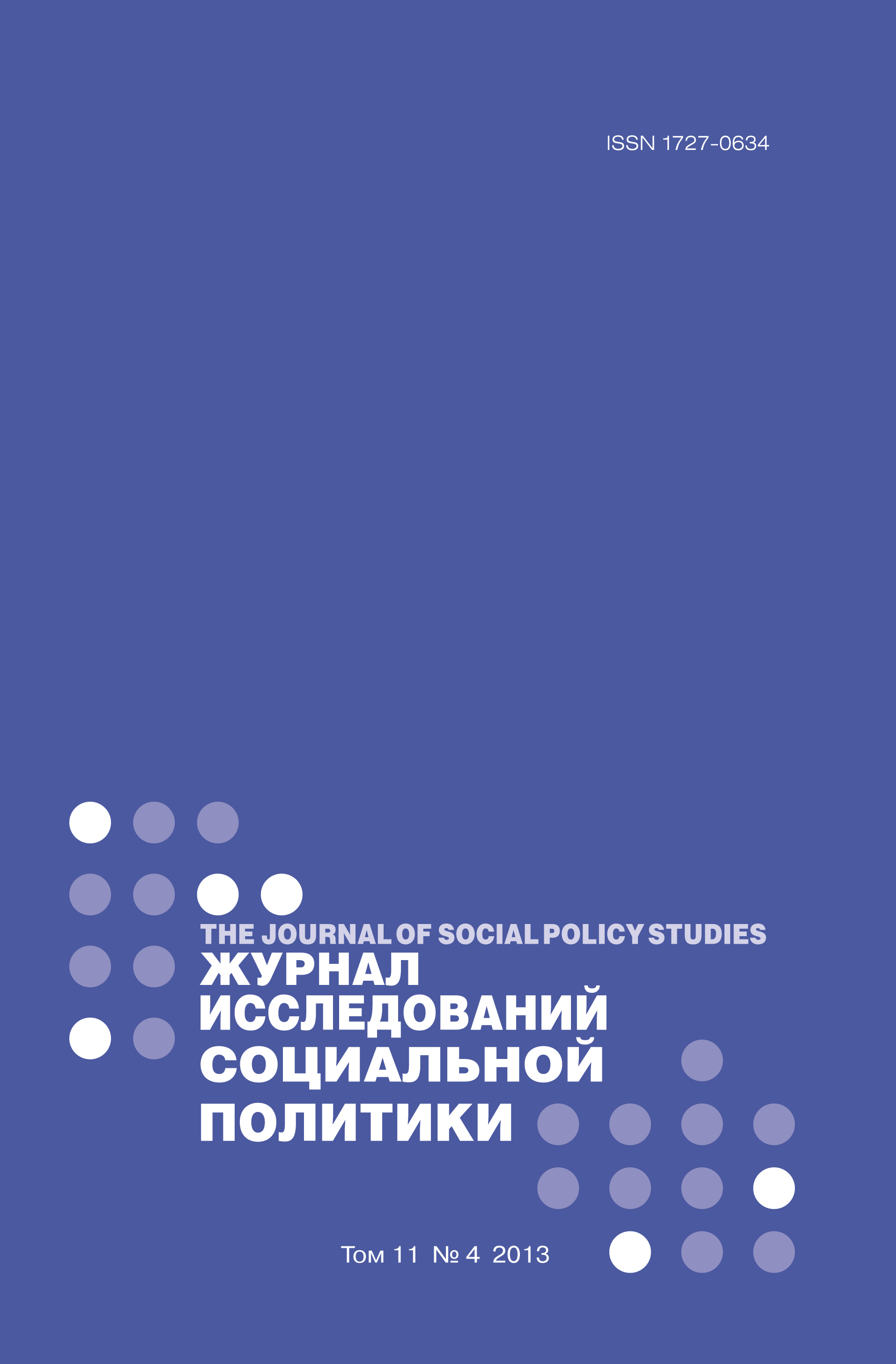The long road to inclusion
Keywords:
children, disability, inclusive education, Central Asia, Kazakhstan, Kyrgyzstan, parents
Abstract
The path to inclusion for children with disabilities is long and complex. Inclusion is not a destination, but a process of increasing participation and reducing exclusion from the culture, curriculum, and community of mainstream schools. This paper introduces the study that chronicles the journey toward greater inclusion in Kazakhstan, Kyrgyzstan, and Tajikistan so that all children participate in education, but it stirs the ghosts of past social norms that differfrom place to place within the region. Central Asia presents particular challenges because of the economic, social, political and educational upheaval that has affected the region in the past two decades. These six case studies document the progress and challenges through the stories of children, families, schools, and organizations with the goal of keeping inclusion on policy agendas and in public discourses. They describe and analyze changes to an understanding of disability advocacy and inclusive education in Central Asia. The stories echo past developments in many Western countries, but they are specific to Central Asiabecause of the education systems, cultures, and histories of the region. There are bumps on the road to inclusion associated with attitudes to disability and thelegacy of defectology. The region’s economic, social, and cultural histories have to be taken into account. While many of these circumstances may not be conducive to the development of inclusive, participatory educational innovations, the first steps on the road to inclusion have been taken, and interestinglessons emerge. The themes in these cases have parallels in other parts of the world: overcoming the stigma of disability and the importance of parents in challenging existing norms about disability and the purpose and nature ofschooling, the role of civic society associations, advocacy groups and NGOs, the emergence of new ways of working with government agencies, the role of professionals as innovators (and resisters) and the need for professional development to support flexible educational approaches, the need for new formsof preparation of teachers and other professionals reflecting new approaches to disability, the need to develop the research capacity of practitioners so innovative practices can be shared with a wider audience.Downloads
Published
2013-12-26
How to Cite
РаузеМ., & ЛапхамК. (2013). The long road to inclusion. The Journal of Social Policy Studies, 11(4), 439-456. Retrieved from https://jsps.hse.ru/article/view/3411
Section
Untitled section















